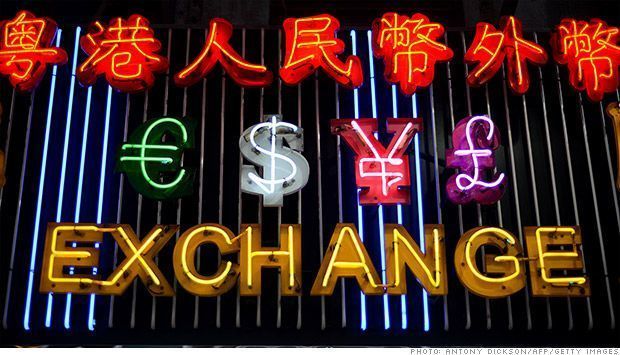Daily Market Review - 19/10
- Donald Herison
- English
- MARKETS NEWS
- Hits: 1629

1. U.S. stocks opened lower on Monday after a swathe of weak results led by Morgan Stanley and Halliburton.
Morgan Stanley's shares (N:MS) fell 6.2 percent to $31.83 after the bank's profit fell for the second straight quarter. The stock was the second-largest drag on the S&P 500 index.
The bank's results capped mostly downbeat quarterly results from major U.S. banks with struggling trading businesses.
2. Crude oil futures were under pressure on Monday, after data showed China's economy expanded at its slowest pace since 2009 in the third quarter, underlining concerns over weak demand.
On the ICE Futures Exchange in London, Brent oil for December delivery tumbled $1.33, or 2.65%, to trade at $49.13 a barrel during U.S. morning hours. On Friday, Brent futures tacked on 73 cents, or 1.47%.
3. The U.S. dollar edged higher against its Canadian counterpart on Monday, as the greenback regained some ground after the release of mixed U.S. data on Friday dampened optimism over the strength of the economy.
USD/CAD hit 1.2947 during European afternoon trade, the pair's highest since October 14; the pair subsequently consolidated at 1.2942, rising 0.23%.
4. The dollar remained moderately higher against the other major currencies in subdued trade on Monday, as sentiment on the greenback was still fragile after the release of mixed U.S. economic reports on Friday.
The dollar was higher against the euro, with EUR/USD down 0.11% at 1.1333.
The preliminary reading of the University of Michigan’s consumer sentiment index came in at 92.1 on Friday, compared to forecasts of 89 and up from 87.2 in September.
But another report showed that U.S. industrial production declined 0.2% in September, pressured lower by weakness in the oil and gas sector.
5. European stock markets struggled and Wall Street looked set to open lower on Monday after U.S. bank Morgan Stanley reported a slump in quarterly profit, adding to signs of woe among the world's biggest banks.
The record third-quarter loss reported by Germany's Deutsche Bank (DE:DBKGn) earlier this month has refocused investors' minds on the big global banks after a decade of financial strife, regulation and technology-driven change.
Ask us about our FREE financial advice program: ![]()
Other Top Stories:
Technical Analysis Lesson 1 - Introduction
How I Made Over $30,000 a Year by Investing in Binary Options
Follow us and SHARE this story on Facebook: ![]()











